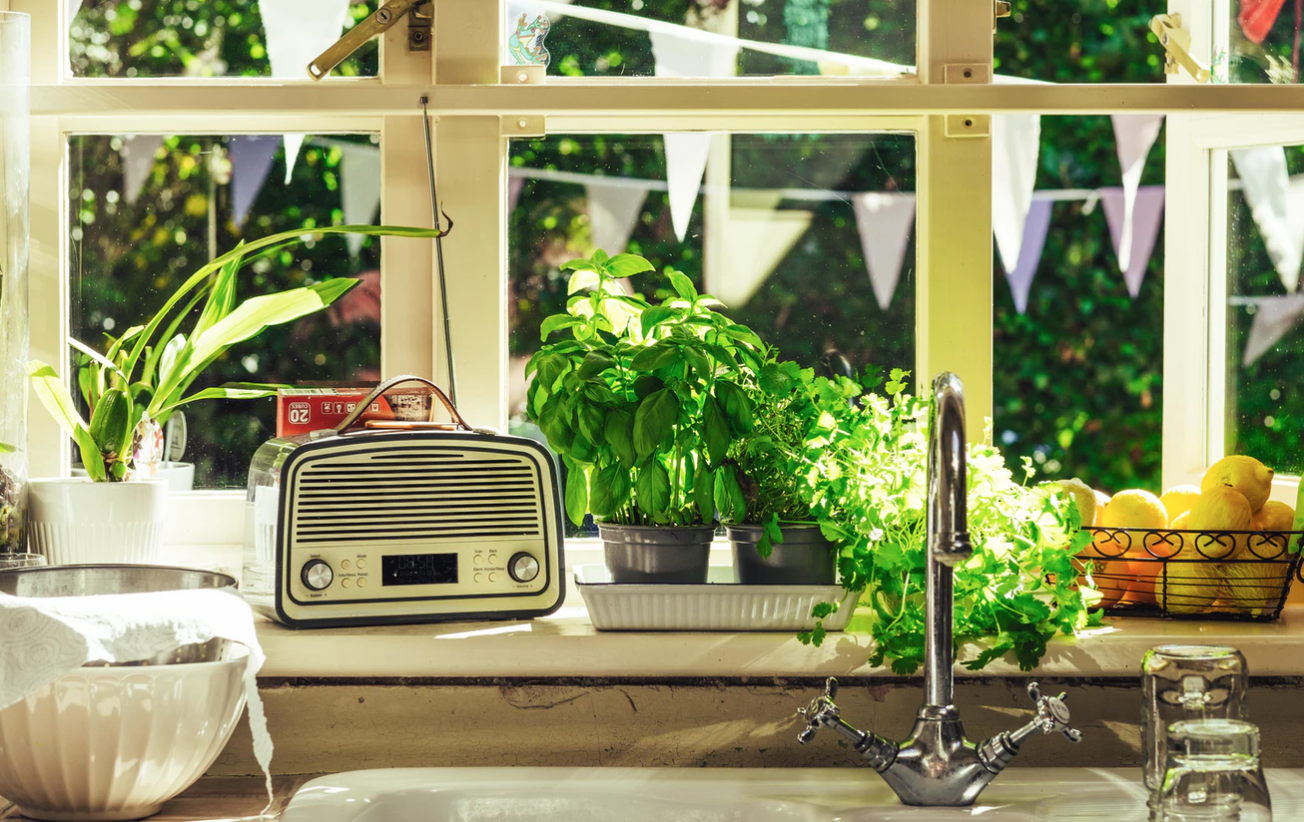
Increase in Radio Receiver Sales
Radio receiver sales have increased amidst the pandemic, as people have relied on radio for reliable, trustworthy and accurate information about the world.
“Radio is a local lifeblood for millions of consumers and specializes in keeping audiences up-to-date and plugged into what matters most to them in their community,” said Kelly. “In this environment, it’s no surprise that people say they use radio as a major source of information and connection. Whether it’s for local news, a place to listen to what is happening, to connect with community members or simply as a way to find out which essential retailers are open for business, radio is continuing to fill those needs for consumers everywhere.” (Source: Nielsen)
As a result of this increasing relationship between households and radio usage, the sales of radio receivers are soaring.
This spike in radio sales can also be understood by assessing the time consumers are engaging with the medium, as the sales have grown relative to the demand for radio. “Americans are already spending almost 12 hours each day with media, and that time could grow by 60% among those who stay indoors. The current situation amplifies our reliance on media, and radio stations and advertisers have an opportunity to create lasting relationships with an extremely captive audience—an audience that almost universally (92%) says it’s moderately or extremely concerned about COVID-19. Importantly, 42% of consumers say that radio has helped them deal with the outbreak.” (Source: Nielsen)
In fact, as the situation worsens in the United States, the need for radio only grows. FCC Chairman Ajit Pai held a call with broadcasters, and thanked them publicly, saying “We’ve seen time and again that broadcasters’ efforts to keep their communities informed during emergencies help save lives, including when it comes to this pandemic.” (Source: FCC)
Radio, which remains, Free to Air and radio devices which are low cost and freely available to all members of society are vital at this time of keeping communities connected. A list of the many initiatives by radio broadcasters in the US can all be found here. (Source: FCC)
The reliance on the traditional medium is also resulting in a growth in the use and purchase of digital radios. In the UK, the digital radio revolution is underway, and this has been accelerated by a shift in radio listening. In the Swing post blog, the author commented on an influx of questions and demands for radio receiver intel – showing a clear shift in the demand for radios from first time buyers.
Ford Ennals, CEO, Digital Radio UK, adds: “UK radio’s digital revolution is underway and has really accelerated in the last few years when we have seen a boom in new digital stations and the majority of radio listening shifts to digital platforms. Now with hundreds of radio stations and thousands of podcasts available on digital devices and record levels of listening it is a perfect time to unite with John Lewis & Partners to celebrate how far UK radio has come.” (Source: RadioToday UK)
In fact, in an attempt to respond to this radio revolution, John Lewis & Partners have developed a microsite in addition to a larger campaign by Digital Radio UK which assists with the purchase of digital radios – offering additional help and guidance to customers, aiming to equip them with the knowledge they need to make educated purchases.
As we await further statistics on spending behaviour during the pandemic, trends and shifts in usage are visible, and these have had direct impacts on radio receiver sales.
Have you noticed any interesting trends where you live? Let us know!
Email us at katalina@radiodayseurope.com




